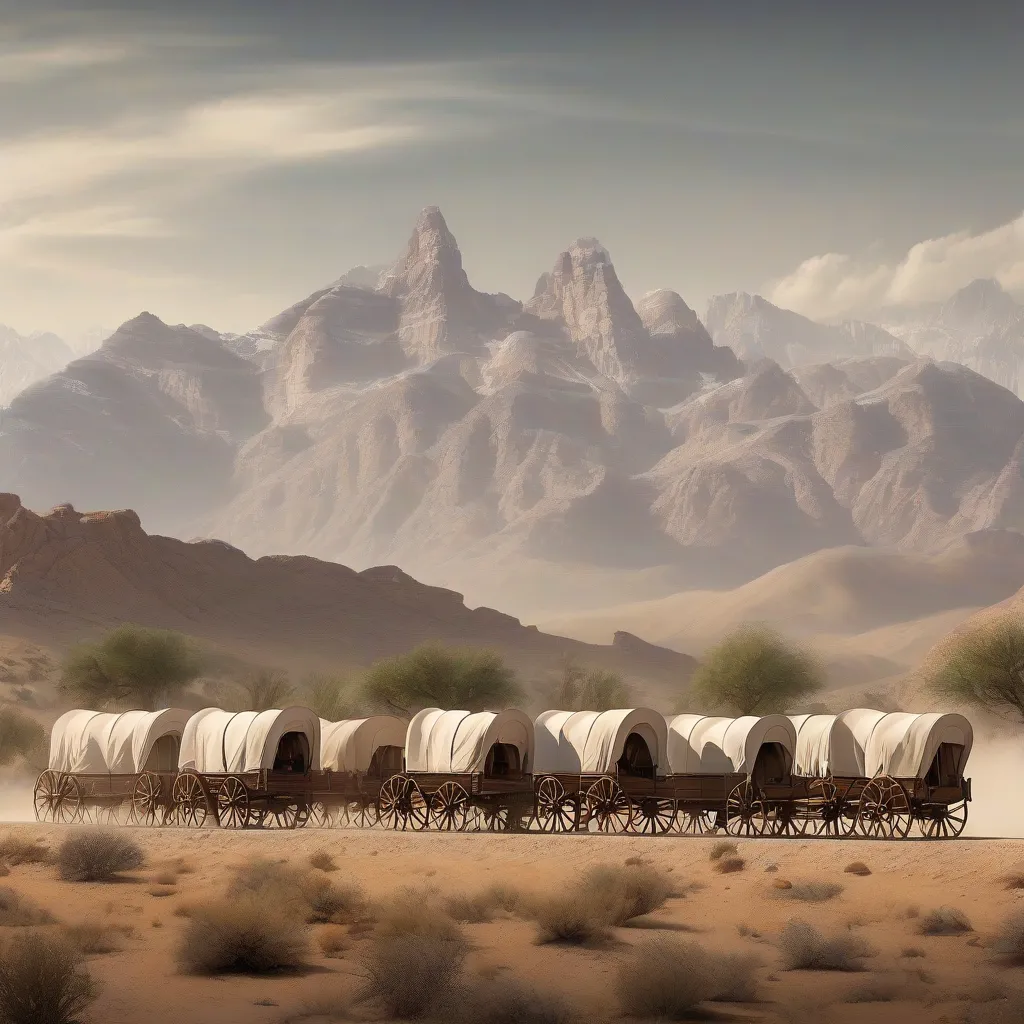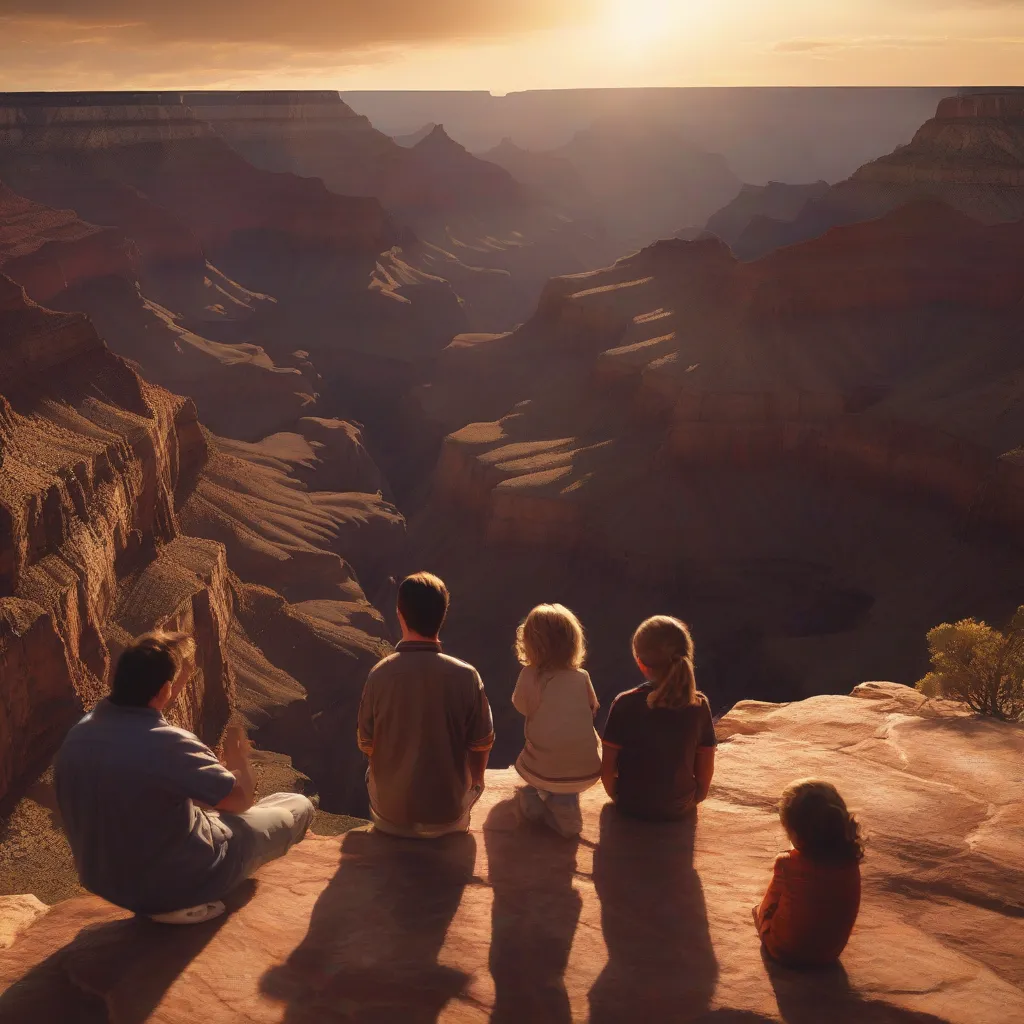Imagine traversing vast prairies, towering mountain ranges, and arid deserts, all under the open sky. This was the reality for thousands of settlers who embarked on a westward journey across North America in the 19th century. Their motivations were as diverse as their backgrounds, but they shared a common desire for a new life and new opportunities. Let’s delve into their world, exploring their hardships, triumphs, and the indelible mark they left on the American landscape.
The Call of the West: Reasons for the Great Migration
What compelled these individuals and families to leave their established lives and venture into the unknown?
- Economic Opportunity: The promise of cheap, fertile land for farming drew many westward. The Homestead Act of 1862, offering 160 acres to those willing to cultivate it, further fueled this dream.
- Gold Rush: The discovery of gold in California in 1848 sparked a massive influx of fortune seekers. Similar gold and silver rushes in other territories like Colorado and Nevada continued to attract hopeful prospectors.
- Religious Freedom: Groups like the Mormons sought religious freedom and established thriving communities in Utah and other western territories.
- Escape and Reinvention: For some, the West offered a chance to escape poverty, social constraints, or past mistakes and forge a new identity.
Life on the Trail: Challenges and Triumphs
The journey west was fraught with dangers and difficulties.
The Perils of the Trail
- Disease: Cholera, dysentery, and other diseases spread rapidly through the wagon trains, often proving fatal.
- Accidents: Wagon accidents, accidental shootings, and drownings were constant threats.
- Weather: Extreme heat, freezing temperatures, and violent storms could bring journeys to a standstill or wipe out livestock and supplies.
- Conflicts: Disputes with Native American tribes, though often exaggerated in popular culture, were a real danger.
Moments of Joy and Resilience
Despite the hardships, there were also moments of joy, camaraderie, and remarkable resilience.
- Community Spirit: Settlers relied on each other for support, sharing resources, celebrating milestones, and grieving losses together.
- Resourcefulness: Faced with limited supplies and harsh conditions, they learned to adapt, improvise, and make do with what they had.
- Appreciation for the Land: Many settlers developed a deep respect for the raw beauty and power of the natural world.
 Covered Wagon Trail
Covered Wagon Trail
The Legacy of the Western Expansion
The westward expansion of the United States had a profound and lasting impact on the nation.
Shaping the American Identity
- The Frontier Spirit: The challenges and triumphs of the westward journey helped forge a national identity rooted in self-reliance, resourcefulness, and a pioneering spirit.
- Cultural Exchange: The interaction between settlers and Native Americans, though often marked by conflict, also led to cultural exchange and adaptation.
A Controversial Chapter
- Displacement of Native Americans: The westward expansion came at a high cost for Native American tribes who were forcibly removed from their ancestral lands.
- Environmental Impact: The influx of settlers led to deforestation, habitat loss, and overgrazing, leaving a lasting impact on the environment.
Planning Your Own “Westward” Adventure Today
While we can’t relive the past, we can still experience the allure of the West. Travelcar.edu.vn offers a range of resources and itineraries to help you plan your own journey of discovery.
Explore Historic Trails:
- The Oregon Trail: Follow in the footsteps of pioneers on this iconic trail, visiting landmarks and museums along the way.
- The Santa Fe Trail: Discover the history of trade and cultural exchange on this route that connected Missouri to Santa Fe, New Mexico.
Immerse Yourself in History:
- Living History Museums: Experience life as a pioneer firsthand at museums that offer immersive exhibits and demonstrations.
- Ghost Towns: Explore abandoned settlements and imagine the lives of those who lived and worked there during the boom and bust cycles of the West.
 Family at the Grand Canyon
Family at the Grand Canyon
FAQs about Settlers Traveling West
Q: How long did it take to travel west by wagon train?
A: The journey could take anywhere from four to six months, depending on the route and weather conditions.
Q: What did settlers eat on the trail?
A: Staple foods included flour, bacon, beans, dried fruit, and coffee. Hunting and foraging supplemented their diets.
Q: What were some of the dangers faced by settlers?
A: Disease, accidents, weather extremes, and conflicts with Native Americans were constant threats.
Travelcar.edu.vn: Your Gateway to Adventure
Start planning your own adventure today! Visit TRAVELCAR.edu.vn to discover more about historical destinations, travel tips, and resources to make your trip unforgettable.
Don’t forget to share your thoughts and travel stories in the comments below!
